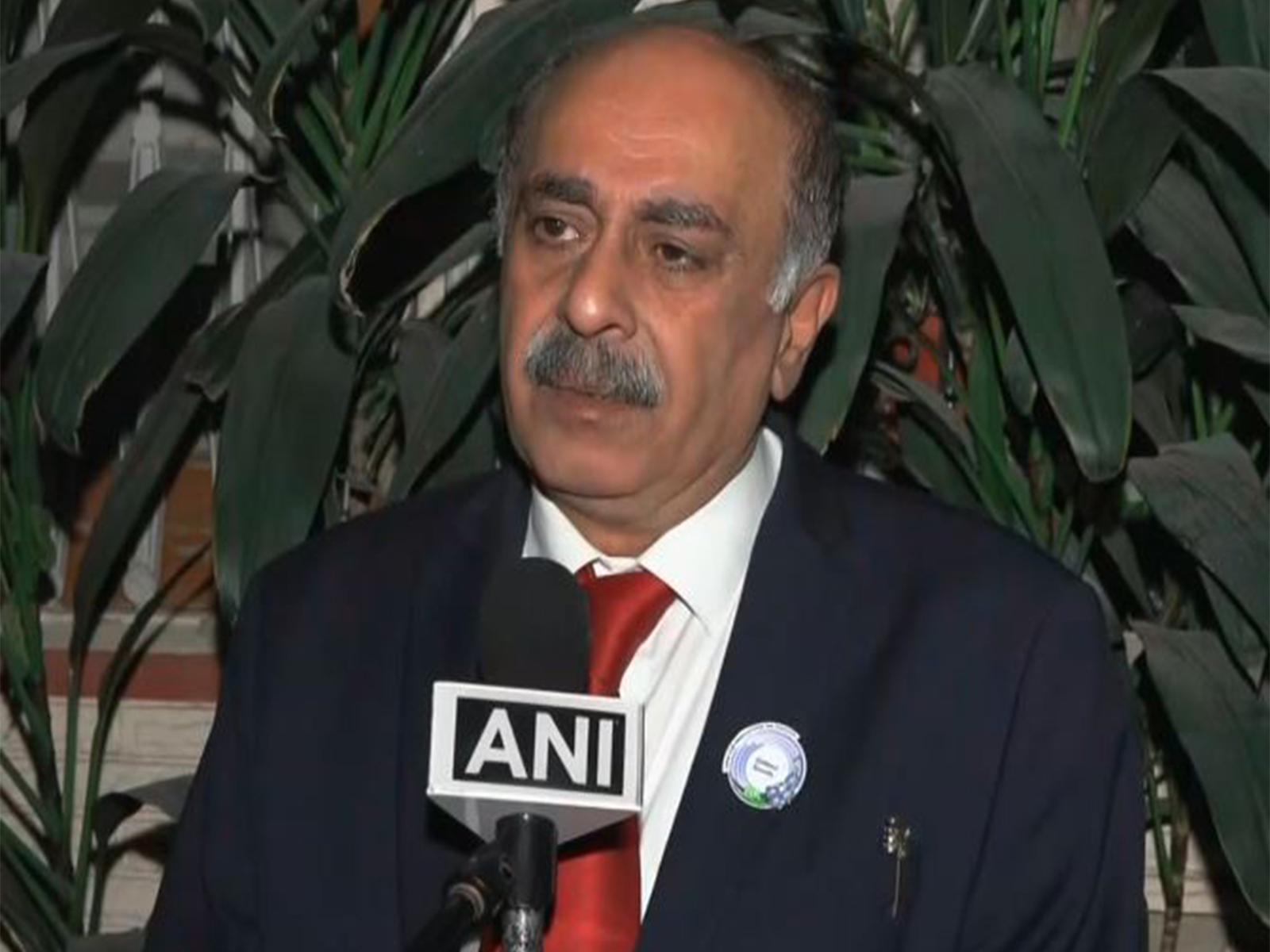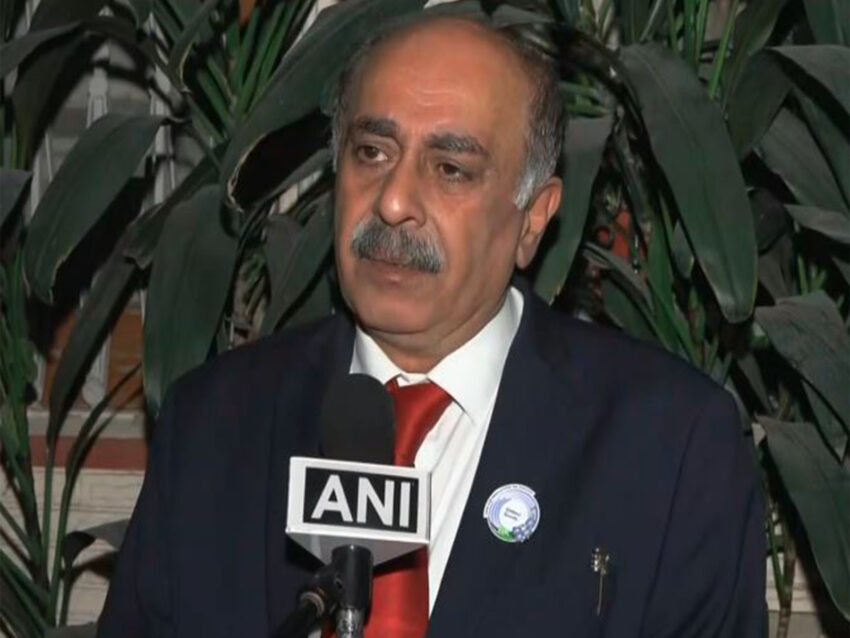
New Delhi [India], November 28 (ANI): After Nepal released new currency featuring the territories of Lipulekh, Limiyadhura and Kalapani, Foreign Affairs Expert Robinder Sachdev said that India’s reaction to it should not be rhetorical.
Speaking to ANI on the issue, Sachdev said, “I see this as a logical continuation of their first step in which, in 2020, they included these territories in their map. These NPR 100 notes in circulation carry the map of Nepal. Logically, the new map of the country will be represented on the NPR 100 notes… The whole country is in a political turmoil. There is an interim government. The Indian reaction to it should not be much louder or rhetorical, otherwise, the political parties in Nepal will turn it into an issue of nationalism, especially those who are anti-India will gain more currency and will try to obtain political benefit from this controversy…”
Former Diplomat KP Fabian called for Nepal to diplomatically engage with India on the issue territories of Lipulekh, Limiyadhura and Kalapani, which have been now represented on the newly minted currency of the country.
Speaking to ANI after the release of the new NPR 100 banknote, Fabian said, “This is most unfortunate, and more importantly, unnecessary. If Nepal had the conviction that a part of what is Indian territory is part of Nepalese territory, then Nepal should engage with India diplomatically, not just put an updated map on its currency.”
Nepal on Thursday issued its new banknote for the NPR 100, featuring an updated map that includes Indian territories of Lipulekh, Limpiyadhura, and Kalapani.
The bank note came into circulation from today.In a public notice, Nepal Rastra Bank (NRB), the central bank of the Himalayan nation, stated that the newly introduced NPR 100 note was designed to include “refined security and identification elements to enhance authenticity and usability”.
In October last year, the NRB entrusted a Chinese company with printing the new banknotes.
The design of the NPR 100 denomination was approved by the Nepalese Cabinet during a meeting led by the former Prime Minister KP Sharma Oli in May 2024.The contract for printing was awarded to China Banknote Printing and Minting Corporation.
On May 20, 2020, Nepal issued a new map incorporating Limpiyadhura, Lipulekh, and Kalapani through a constitutional amendment.
India had firmly rejected the Nepal move and said Nepal governent has released a revised official map that includes parts of Indian territory.
Under the Nepal Rastra Bank Act, the NRB is responsible for designing the notes, though any changes to the design or size of the notes require government approval.
The new note features Mount Everest on the left side and a watermark of the Rhododendron–the national flower of Nepal–on the right. The centre of the note includes illustrations of Nepal’s map and the Ashoka Pillar, while the main design highlights a one-horned rhinoceros with its calf.
For visually impaired users, a tactile black dot has been added near the Ashoka Pillar to help identify the denomination by touch.
The note retains the colour and size of the previous version and includes a depiction of Maya Devi printed in silver metallic ink inside an oval on the left side.
The note carries the signature of the then-Governor Maha Prasad Adhikari and includes a series number marked “2081” in Nepali numerals at the bottom.
The NRB had commissioned the Chinese company to design, print, supply, and deliver 300 million 100-rupee notes. The total printing cost is estimated at approximately USD 8,996,592. At the current exchange rate, this amounts to over NPR 1.2 billion, making the cost of printing each 100-rupee note roughly NPR 4 and 4 paisa. (ANI)


